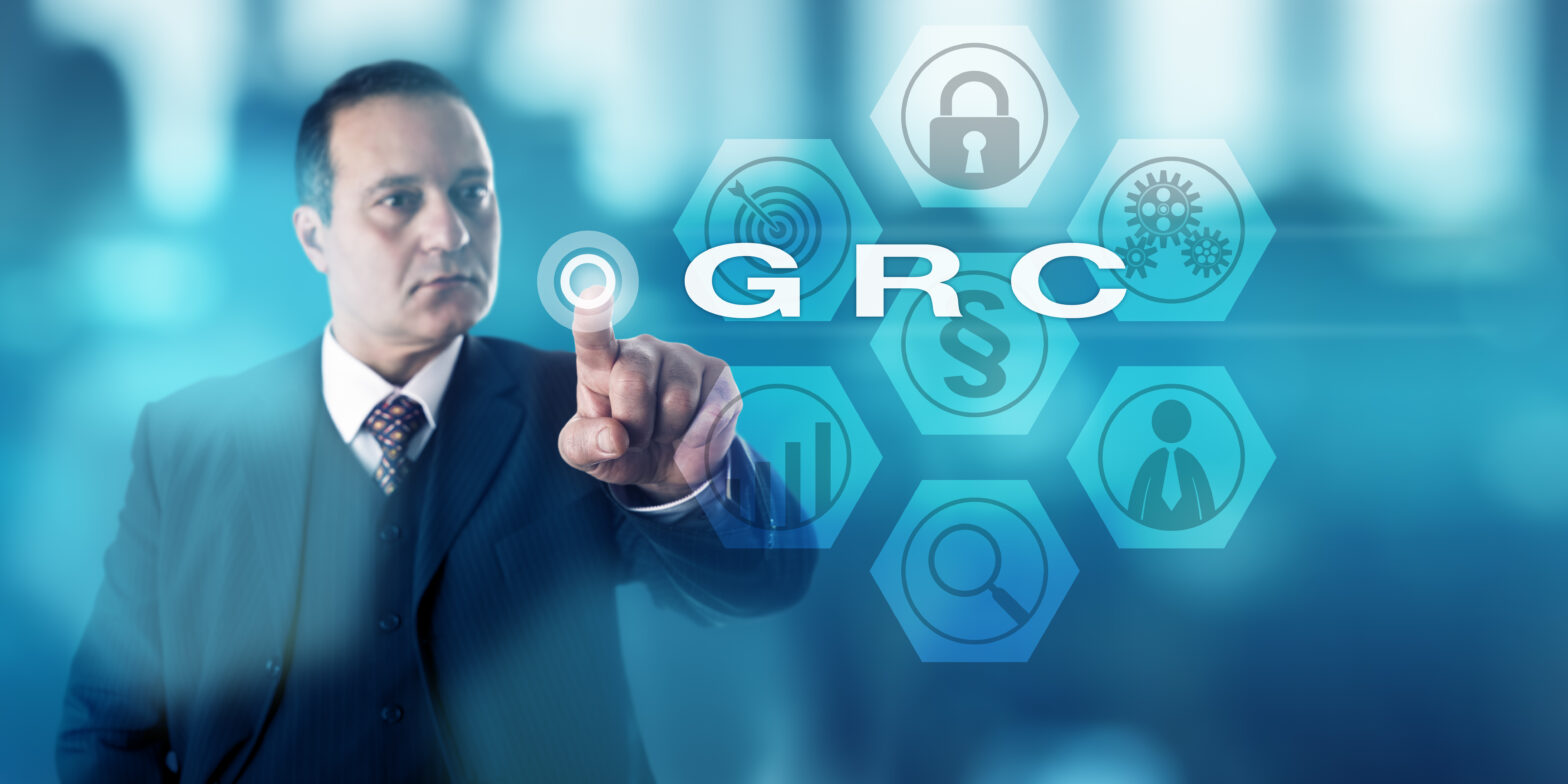Governance, risk management and compliance (GRC): all 3 of these disciplines affect the same parts of an organisation.
As a result, a coordinated, unified and streamlined approach should be undertaken to operate GRC effectively.
Faced with continuing regulatory and legislative changes poised to impacting organisations across the UK, companies are facing a heavier governance and compliance burden than ever before.
To promote compliance with a whole host of requirements, organisations should consider systems management solutions that align IT security and compliance and provide managers and auditors with efficient and regular IT oversight.
Aligning IT security and compliance
Alignment of IT security and compliance is of paramount importance. Traditionally, compliance and IT security have sat in different departments and have not only had different priorities but also different mind-sets and ways of working.
Technologies and processes working in silos leads to inefficiency, increased costs and risks to the business. There is, therefore, an increasing movement to align departments and encourage mutual goals and attitudes.
>See also: Are businesses overlooking risks away from cybercrime?
The key value proposition of IT GRC systems is ensuring the integrity of controls and measures to help protect the business against high-risk events.
Public and private bodies across the globe are moving towards implementing the specific role of data protection officer (DPO), particularly in organisations where the core activities consist of processing operations which require regular and systematic monitoring of data subjects on a large scale.
Effective DPOs will be expected to take on responsibilities both for monitoring compliance and for strengthening the relationship between their IT and security departments. A simple, intuitive and coherent systems management solution will be highly valuable to these professionals.
Simplifying IT controls in easy-to-understand formats
Many current IT management systems are clunky and inefficient.
Internal audits and approvals can become delayed due to aging manual processes, and further delays can be caused by companies employing disparate control systems to manage documentation and compliance.
This misaligned format may lead companies to report on compliance in a fragmented and ad-hoc manner. This format is particularly problematic because it will increase the chance of companies reporting inaccurate figures and may lead auditors to flag compliance reporting for additional redress.
These issues highlight the importance of unified control systems with continuous and automated reporting abilities, facilitating reporting and oversight that is simplified and swift. Being unable to leverage real-time visibility of potential compliance issues may compromise remedial actions.
>See also: Risk management: more than a regulatory exercise
A GRC solution for systems management can help businesses leave behind the fragmented approach of yesterday, and benefit from being able to adopt a proactive approach to compliance.
Enhancing security awareness and response
Organisations should be acutely aware of an array of external and internal threats to IT security which must be detected and remedied.
Threats can come in the form of sophisticated attacks, or in the form of human error and technical failures from within, and all can bring a business to a grinding halt.
Organisations may have disaster recovery plans in place for their IT systems, but in many cases they’re hard to test, and organisations often don’t know if their plans will work until they experience an issue.
The consequences of outages can be catastrophic, so raising awareness and shortening response time is crucial. In the short-term, breaches compromising sensitive data and systems may result in customer loss, lawsuits, theft of intellectual property, and even job loss.
The long-term impact is harder to quantify, as stolen data can be sold online or used for identity theft, corporate espionage or blackmail.
To combat this, organisations need effective solutions that reduce security and outage risks with real-time alerts to any device for immediate response, and speed up remediation and recovery without taking systems offline. They also require automated recovery solutions in case of catastrophic failures or data loss.
Streamlining and simplifying day-to-day management of distributed environments
Additionally, companies must deal with an increasing array of endpoint challenges due to things such as the emerging use of the cloud and access to off-premises data.
>See also: Will Brexit cause a Techxit? 10 ways Britains EU exit will affect technology
These environments require different tools, systems and processes that are time-consuming to implement and difficult to navigate.
A unified and clear GRC solution helps avoid inconsistent compliance approaches across a business and helps to strengthen compliance, performance and availability of all server environments.
Improving rather than hampering business performance.
With a GRC strategy tangibly bound into an IT package, businesses and their IT teams can optimise their cost allocation to GRC, and allocate more resources to growing the business.
Sourced by Magnus Kristell, Microsoft platform management lead, EMEA, Dell Software







